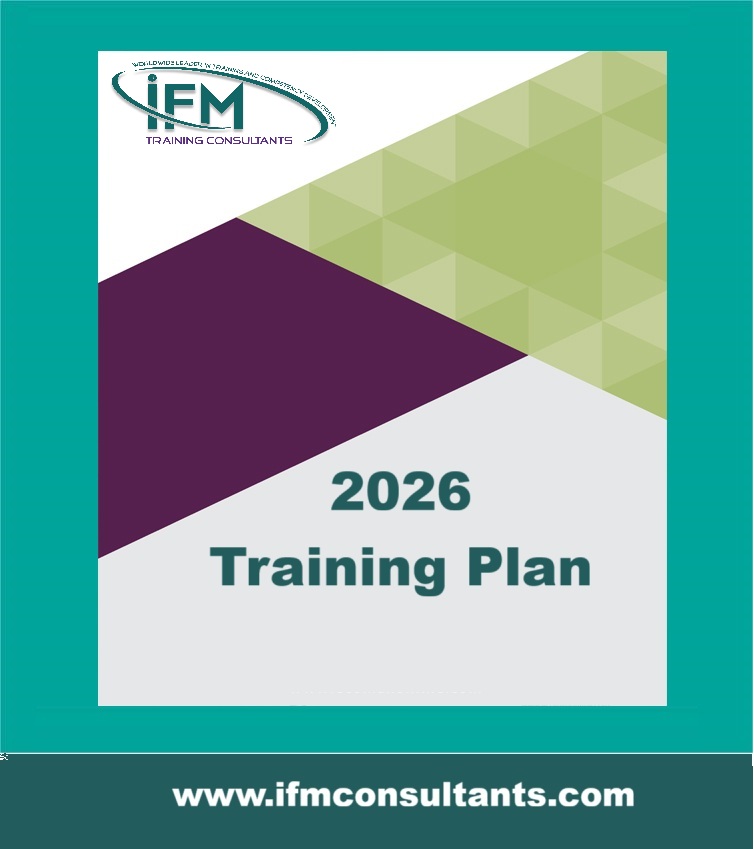Advanced Fire Fighting Systems and Rescue in Process Plants
| Start Date | End Date | Venue | Fees (US $) | ||
|---|---|---|---|---|---|
| Advanced Fire Fighting Systems and Rescue in Process Plants | 16 Nov 2025 | 20 Nov 2025 | Abu Dhabi, UAE | $ 3,900 | Register |

Advanced Fire Fighting Systems and Rescue in Process Plants
| Start Date | End Date | Venue | Fees (US $) | |
|---|---|---|---|---|
| Advanced Fire Fighting Systems and Rescue in Process Plants | 16 Nov 2025 | 20 Nov 2025 | Abu Dhabi, UAE | $ 3,900 |
Introduction
The course will introduce the key principles of safety, security, and fire management, prevention and control at a primary management level and make delegates aware of and understand the vast range of topics involved in a fire, safety and security by reviewing:
Application of risk management to the three elements of fire, safety, and security What needs to be considered in managing fire, safety, and security it is important that the three elements are managed in a holistic and coordinated manner. The course will be presented by professionals from the disciplines of Fire, Safety, and Security management.
Many organizations fail to learn from their mistakes and near misses, some organizations even fail to learn from their fire accidents. Often, one can see the same fire accidents happening over and over again. There are many reasons why organizations do not learn to prevent the recurrence of fire accidents. When an accident occurs, it is important that it be investigated thoroughly. The results of a comprehensive fire accident report can help organizations pinpoint the cause of the accident. This information can then be used to prevent future accidents, which is the primary purpose of accident investigation.
Also, this course teaches how to lead fire investigations and root cause analyses using various techniques such as Fault Tree Analysis and Root Cause Charts. This is a “How To" course designed to teach skills.
Objectives
- Management: a review of operations, maintenance, engineering, inspection, fire safety, and security;
- Procedures: an examination of work permits, emergency plans, plant modification controls, emergency shutdown testing, and engineering standards;
- Plant: assessment of standards of design and construction, layout, process controls, plant condition and housekeeping; and Protection Hardware: on-site inspection of, for example:
- Process units
- Tankage
- Utilities
- Control Room
- Jetty/truck/rail loading
- Firefighting equipment
- Security Systems
- Understand the moral, business, and possible legal reasons for putting fire, safety, and security as a core activity
- Understand the main concepts of fire, safety, and security management
- Obtain a thorough understanding of risk management and how it can be applied to fire safety and security management
- Know the effectiveness and limitations of various controls
- Understand the hierarchy of control
- Understand what a management system is and how they are key to management of fire, safety, and security
- Obtain an understanding of the control measures that can be used in the management of fire, safety, and security
- Understand how to encourage continuous improvement in the management of fire, safety, and security
Participants attending the programmer will look at:
This will enable candidates to:
Training Methodology
This is an interactive course. There will be open question and answer sessions, regular group exercises and activities, videos, case studies, and presentations on best practice. Participants will have the opportunity to share with the facilitator and other participants on what works well and not so well for them, as well as work on issues from their own organizations. The online course is conducted online using MS-Teams/ClickMeeting.
Who Should Attend?
This course will attract delegates from a wide range of backgrounds and from major industrial and commercial companies, enterprises, and organizations in the public sector.
For example:
- Managers, supervisors and team leaders
- Persons who have or will have fire, safety and security responsibility
Course Outline
Day 1: Overview of the Concepts of Fire, Safety & Security Management
- Fire and safety procedures whilst on the course.
- Basic fire awareness. The fire triangle, fire travel, Classification of fires - flashpoint, self-ignition temperature, and products of combustion
- Reasons for managing fire, safety, and security
- Discuss why managing fire, safety, and security makes good business sense
- Overview of the concepts of risk management and how they can be used as a tool in the management of fire, safety, and security
- Discuss what a management system is
Day 2: Fire Management in High-Risk Environments
- Provide an introduction into hazards associated with fire
- Nature and causes of fire
- Arson and terrorism
- Insurance
- The fire hazards and safe handling of LPG and other flammable products
- The fire spread and its control
- The effects of water on enclosed spaces (Steam, humidity, reduced visibility, and stability)
- Fire detection and prevention.
- Fixed installations- Co2, sprinkler, drencher, inert gas, foam, dry powder.
Day 3: Fire Management – Insight into the Principals
- Fire safety engineering
- The role of the fire authority
- Passive fire safety principles and practice
- Fire risk management and control
- Current and proposed best practice
- Practical fire-fighting- fire blanket, extinguishers ö dry powder, foam, Co2, water.
- Fire Parties and Muster Groups.
- Psychology of respiration, CABA, and BA control.
- Search and rescue techniques.
- Exercises in light smoke and live fire conditions
Day 4: Fire Management - Prevention & Protection
- Detection and alarm systems
- Emergency lighting systems
- Smoke movement and control
- Sprinklers
- Means of escape
- Portable firefighting equipment
- Fire risk assessment
- Design exercise
Day 5: Common Hazards
- Fire
- Electricity
- Work equipment
- Movement of people
- Vehicles
- Poor housekeeping
- Manual handling
- Display screen equipment
- Noise
- Chemicals and substances

















